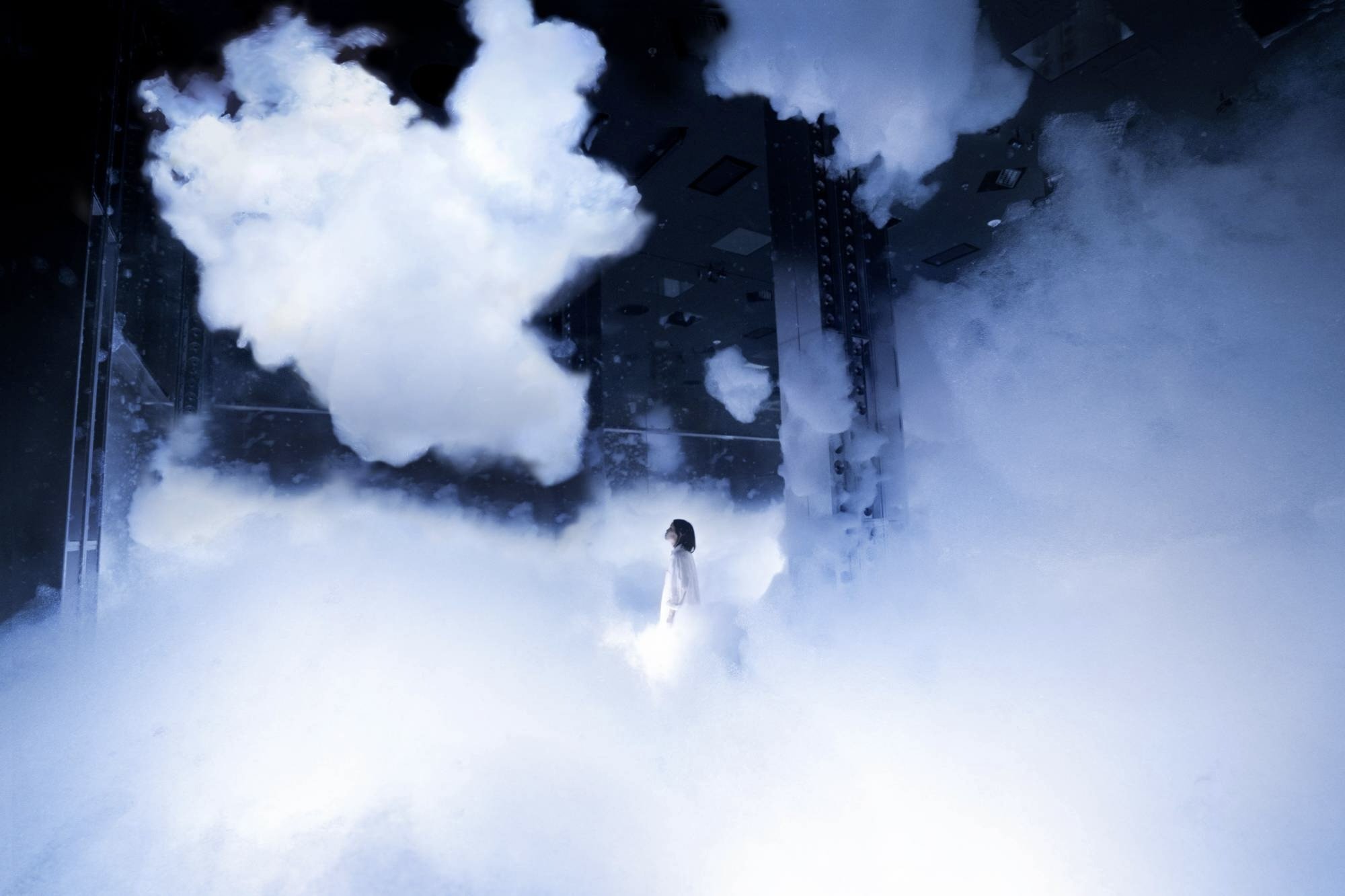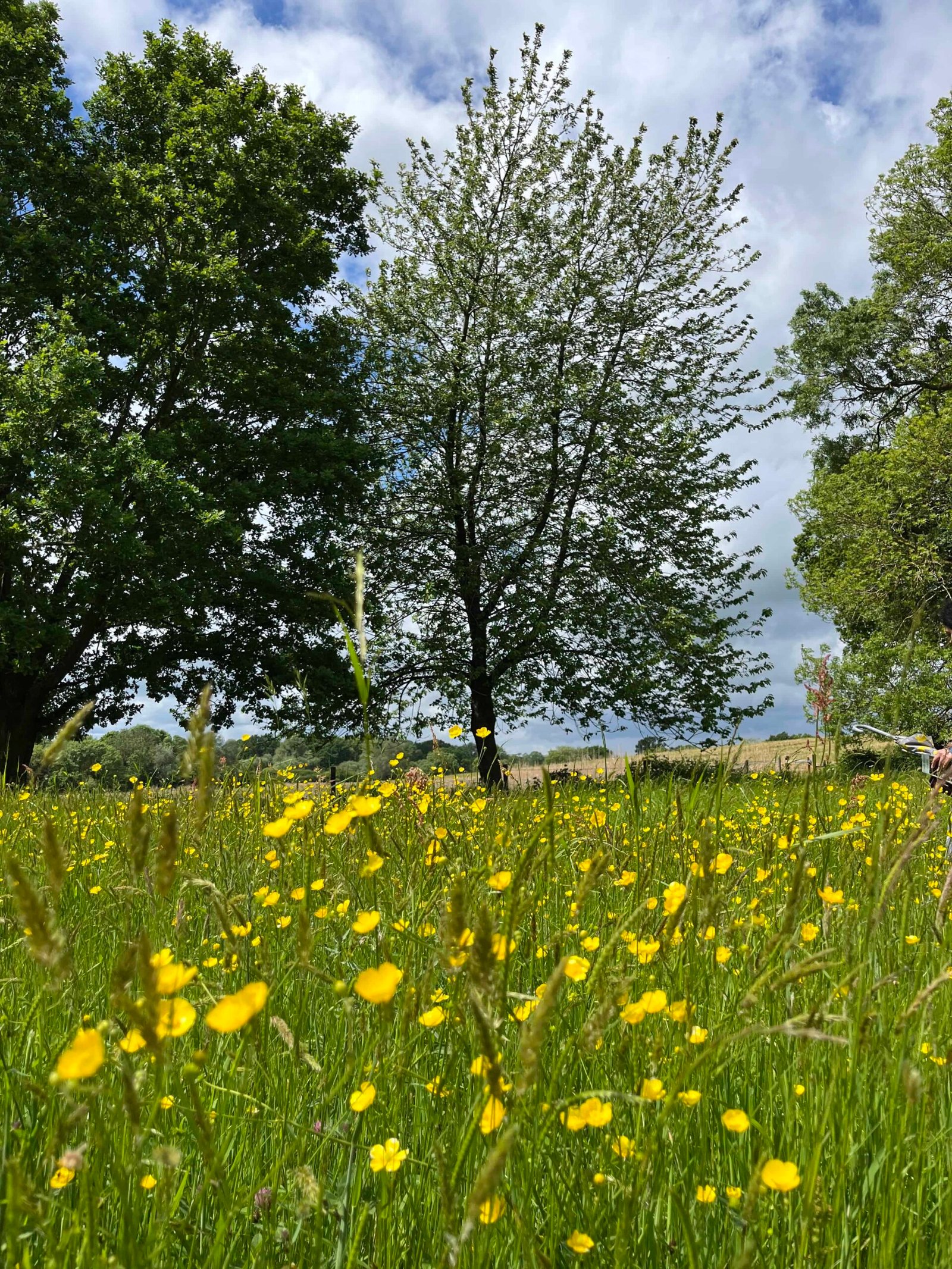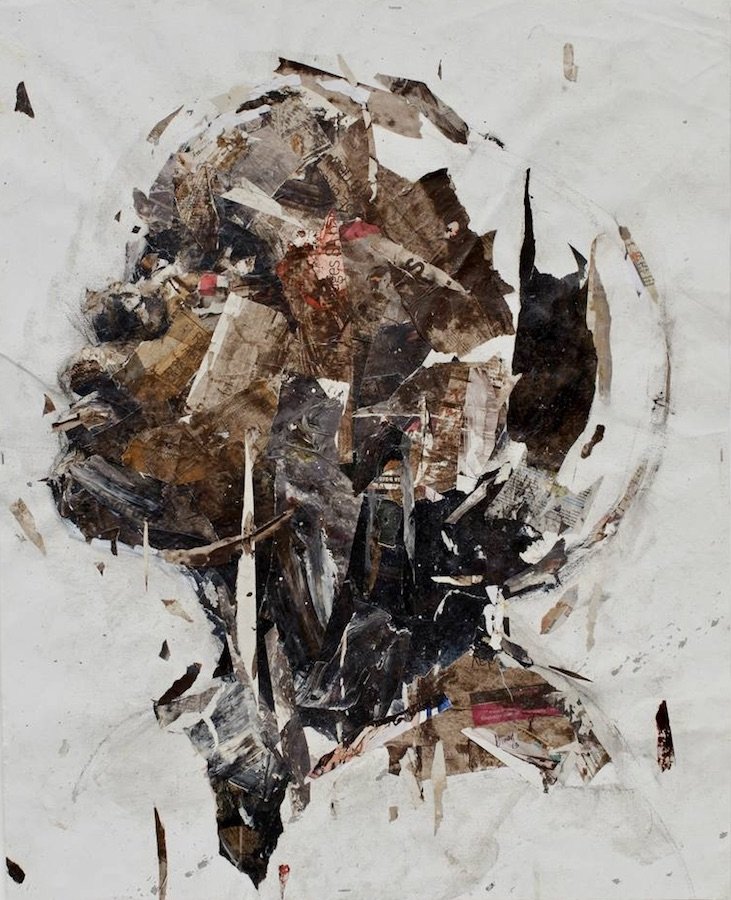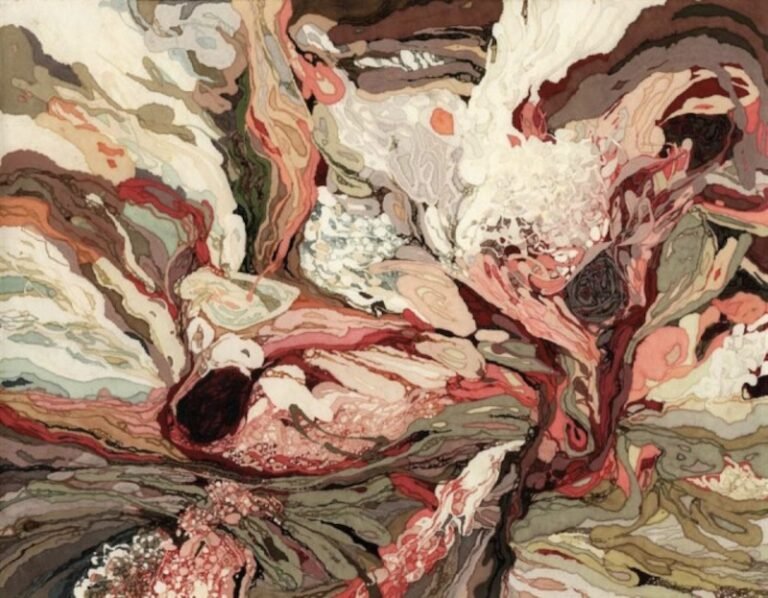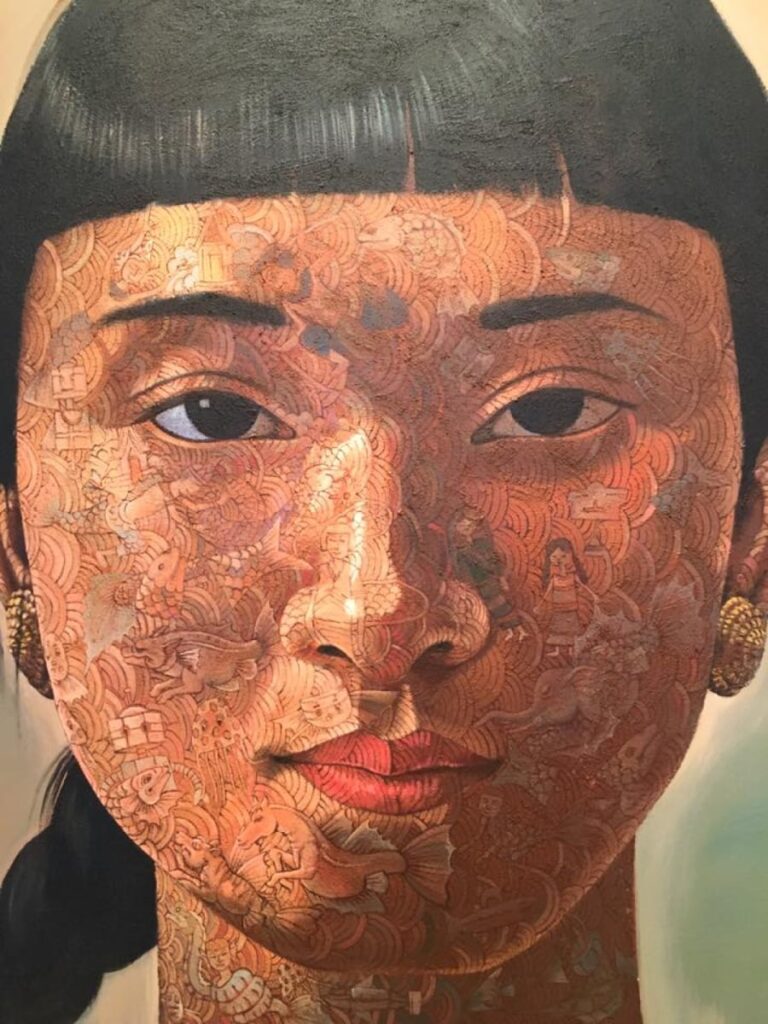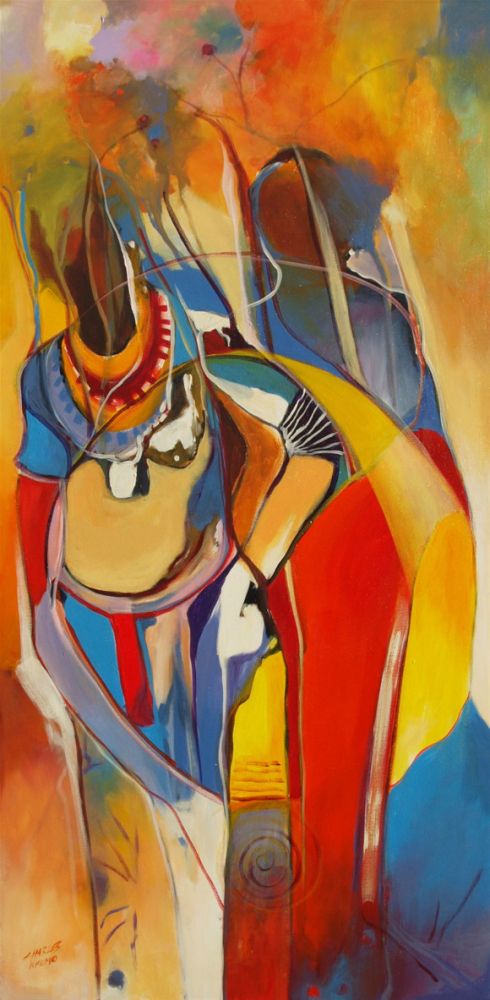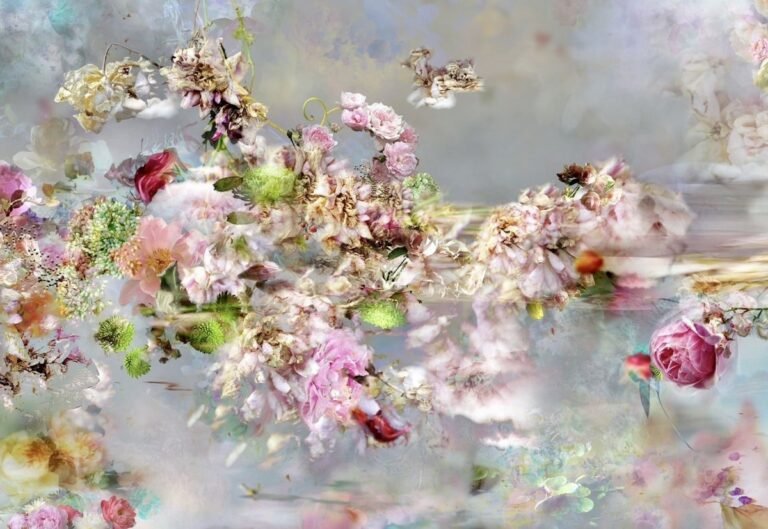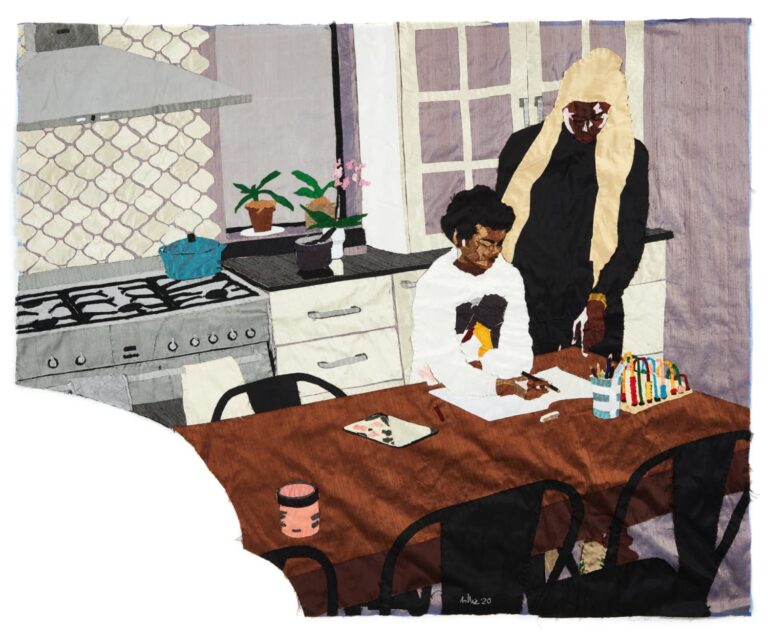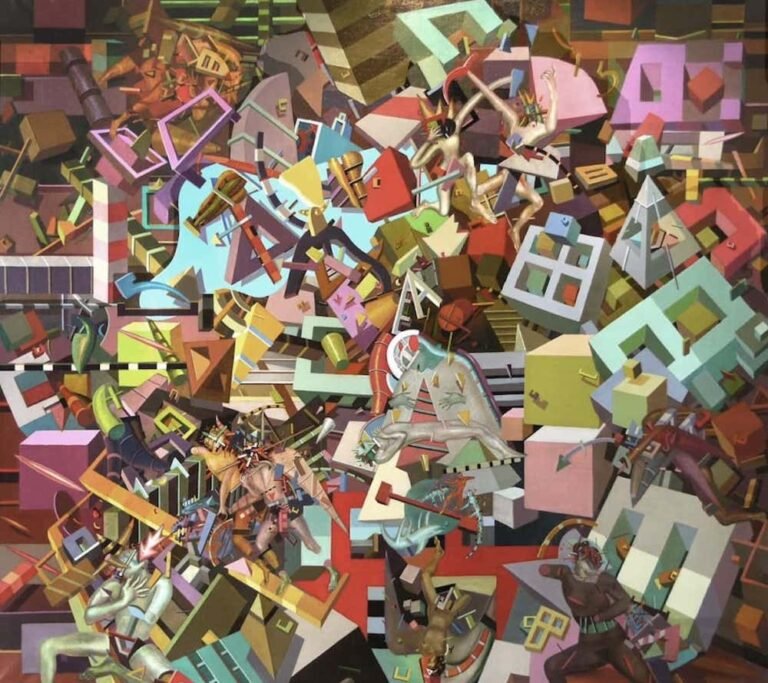The future’s here, it’s bright, interactive, and more immersive than you can imagine, your waking dreams having become real, and though some may question whether technology and business can combine and still be art? In the answer of teamLab it’s a resounding yes! Their work may have been designed to appeal to the masses, but it doesn’t lessen the creative rawness of their art and its potential. If anything, teamLab provides the public a new expressive and accessible art form in which to explore their own creativity, and to do so in the presence and collaboration of others.
Combining light-technology with large-scale installations, teamLab are sure to make all ages rush forward in their exploration of art, and this can only be a good thing, especially where there is increasing competition from the entertainment world. Invigorated by 21st century’s expansion of technology in its application as an art medium, teamLab has embraced this new realm of possibilities – exhibiting all over the world and forging one of the world’s first digital museums: teamLab Borderless, which is situated in Tokyo. Formed in 2001 and composed of artists, graphic animators, computer programmers, architects and even mathematicians, the collective of teamLab is highly diverse in its skill range, allowing it to break the conventional viewpoints of art, and through it our perspective of the world and our place within it. Leaving you only to wonder ‘what if?’ Their installations including a wealth of immersive experiences; interactive forests, cumulous clouds, new terrains, oceans and more.
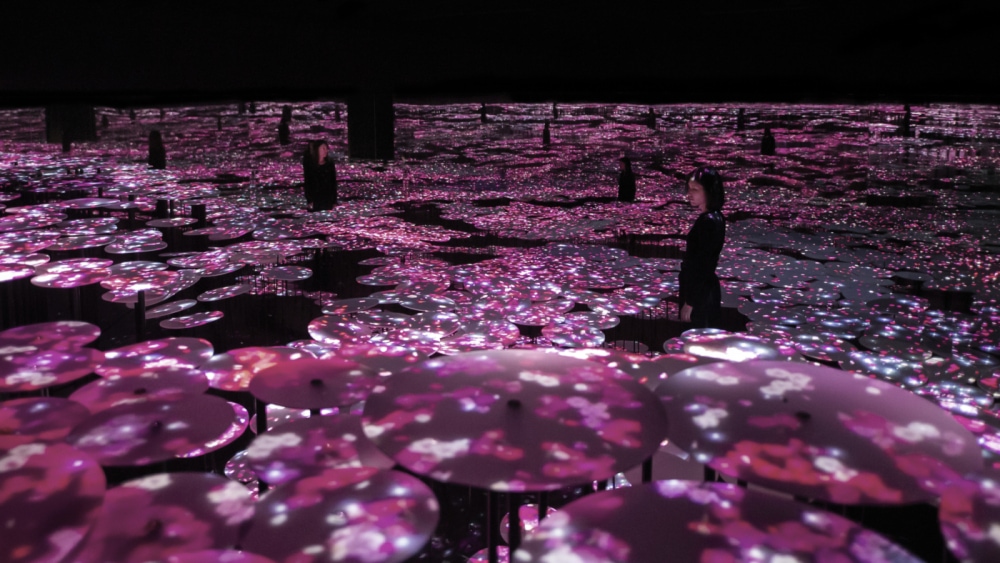 Memory of Topography (Winter, Plum Blossoms & Powder Snow), 2018, Interactive Digital Installation. teamLab
Memory of Topography (Winter, Plum Blossoms & Powder Snow), 2018, Interactive Digital Installation. teamLab
One of teamLab’s most entrancing installations is Memory of Topography (2018) – in which digital light projects various creatures, flora, and insects onto “plants” situated at various heights – matching different elevations of the land in mimicry of a mountain. Whether intentional or not this creates the effect of an analogy; our impact on the environment when viewing the plants from above, and when in reverse to humble us as we stand below it. This is further emphasised by the viewer’s movement causing a reaction to the light projections; the insects and plants moving in relation to their actions – submersing the viewer into this “nature” where you can visually see the effect you have on it. And in turn you can feel the influence this nature has on the viewer, that of tranquillity and serenity. Surrounded by mirrored walls the installation produces a feeling of never-ending openness, and when combined with various sound effects, such as the rustling of wind through the plants, along with a matched timing of lights, there’s a true conveyance of being in nature and at being one with it.
It’s also worth mentioning that teamLab doesn’t seem to know the definition of staying still – their work avoiding any sense of staleness because of the many variations and extensions built within it; from viewer contributions – where members can produce and scan their art into the installation; how the algorithms will interact both with each other and from the actions made by the viewer; to different sound and light projections etc. Returning back to Memory of Topography for example, there are multiple digital light projections that reflect the changing seasons – our favourites being ‘plum blossoms,’ ‘canola flowers,’ ‘spring, river and sweetfish’ and many more, as such each visit will be different, instilling a freshness to museums that often run the risk of becoming stagnant.
 Drawing on the Water Surface Created by the Dance of Koi and Boats – Mifuneyama Rakuen Pond, 2015, Interactive Digitised Nature. teamLab
Drawing on the Water Surface Created by the Dance of Koi and Boats – Mifuneyama Rakuen Pond, 2015, Interactive Digitised Nature. teamLab
The possibilities in digital light technology seem endless, or at least it’s that way for teamLab, their minds able to use advancements in material and technology to help encourage an appreciation of life. For example, technology is often labelled as separating us from the outside world, but teamLab use it to help viewers appreciate it, such as in their installation; Drawing on the Water Surface Created by the Dance of Koi and Boats – Mifuneyama Rakuen Pond (2015). Here sensors are used on the surface of the water to project Koi as they swim along, their interactions to one another and the boats are unscripted, the trail of lights they leave behind simply stunning. The result is a beautiful display of balance and harmony.
In having the ability to create new worlds, teamLab gives each visitor free-range to forge their own unique path of exploration – with no two people having the same experience, reinforcing a sense of freedom and originality. Their artwork introducing you to see the possibilities of their worlds, to seek new ones, and to leave visitors with a renewed interest and wider eyes when seeing our own.
We recently contacted teamLab, who very kindly answered some questions we had about their work.
Your installations are predominantly based on wildlife and are even immersed within it at times. How important is this partnership of technology and nature within art?
First of all, teamLab aims to explore a new relationship between humans and nature through art. Digital technology has allowed us to liberate art from the physical and transcend boundaries. We see no boundary between ourselves and nature; one is in the other and the other in one. Everything exists in a long, fragile yet miraculous continuity of life.
Humans have created many different artifacts by borrowing the power of nature. Not just art such as sculptures, but also huts and roads. Every artifact is made from nature. But we thought humans could create something by using nature as it is, without physical intervention. Digital art uses things like software, sensing, network, light and sound. These are non-material and have no physical impact. By using these non-material digital, we can turn nature itself into art without destroying it, keeping nature alive.
We think people in the past were more conscious that we are part of nature. For instance, you can see this in Mifuneyama Rakuen where the boundary between the natural forest and the areas humans have touched is ambiguous.
In Mifuneyama Rakuen, forest, rocks and caves have formed over millions of years, and people found meaning in them over thousands of years. The huge rock that enshrines the highest-ranked Inari Daimyojin, where we’ve projected a waterfall, and the cave that houses the Five Hundred Arhats and the Three Buddha Figures are some of the examples. A long, fragile, and miraculous continuity that nature and humans have developed over thousands of years still remains in this place, making the boundary between ourselves and nature ambiguous. It is a continuous cycle of life between the two where one is in the other and the other in one.
However, it is rather hard for us to sense this in our everyday lives. We feel like Mifuneyama Rakuen is a place where we can still see such relationship between humans and nature, something that may be different from what we see in our modern lives.
Unlike a physical painting on a canvas, the non-material digital technology can liberate art from the physical. Furthermore because of its ability to transform itself freely, it can transcend boundaries. By using such digital technology, we believe digital art can expand the concept of beautiful. And by making interactive digital art, you and others’ presence becomes an element that transforms the artwork, hence creating a new relationship between people within the same space.
By applying digital art to the unique environment of Mifuneyama Rakuen, which celebrates the continuity of life, we wanted to create a space where you can feel that you are connected with other people in the world.
You’ve done so many installations, what has been the most rewarding to date?
It is hard to say, but latest project is the most rewarding for me.
Generally, maybe we can say that teamLab Borderless or teamLab Planets. Since these projects are the biggest project for us.
Where do you see the future of technology within art?
It is hard to say how art will evolve for others, but there seems to be a misconception that digital art is a part of the future.
The digital domain, and the digital as a medium, can change people’s way of thinking, extend people’s expressive means, and extend art. In the future, many people will use digital means to make art. In fact, today many young people are using digital technology to make art. You could say that digital art is the future, but you could also say that digital art is already here.
In addition, we think that new digital art will go on to change art, not just extending artworks into a new era, but changing the art space and museum itself, as well as the way people interact and experience art, and even the art market. Having a permanent exhibit, as we do with MORI Building DIGITAL ART MUSEUM: teamLab Borderless, means that there is a greater possibility for experimentation with the artwork itself, with the way the space for art is used and the approach to the viewer. We would like to think about new ways for art to exist, not just in artworks, but inclusive of the space, viewers and the market.
- Art has power to shape the future
- Our emotions impact our actions, and art shapes our emotions
- Much information in the world is sad or troubling, so we try to create art and experiences that make the world positive

